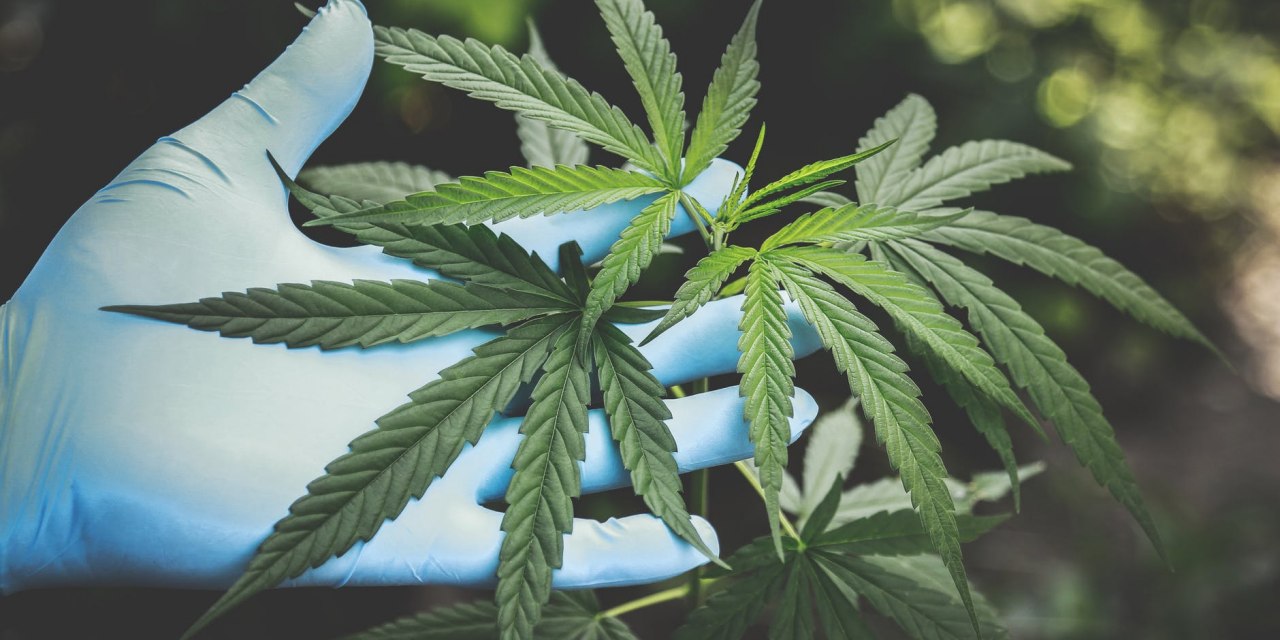Two research findings, both involving cannabis, were released at approximately the same time. One study suggested that a medication derived from compounds present in cannabis could possibly help suppress COVID. The other, a survey of college students, suggested that cannabis use was likely contributing to increased anxiety and depression among college students followed over a 5-year period.
Which one went viral? The first, of course. The other barely drew a mention.
Neither study qualifies as “proof” of something – ultimately, both will be seen as simply presenting opportunities for further investigation and research. Nothing wrong with that, is there? It’s how science operates. The problem lies in the way new findings are presented and interpreted in the popular media.
Let’s take the COVID study first. It was so widely discussed that late-night TV comics actually saw reason to make fun of it.
Surprisingly (because it’s primarily a business publication), the best overview I found of the real findings was in Forbes:
Can Cannabis Combat Covid? That Viral Study May Be Promising But Offers No Proof
The writer provided some helpful context on drug development in general, a process that is complex, extended, and involves many researchers. This study was a preliminary type that, as one UK researcher put it, would still “need to be confirmed in animal models and tested on humans in clinical trials.” In other words, the process of translating this into a workable medication has barely begun. Besides, the benefits can’t be realized by conventional methods such as smoking or vaping marijuana, or through edibles. There’s no current application for medical marijuana patients.
So why all the fuss? It’s because cannabis and COVID are two ‘hot button’ topics, guaranteed to draw ‘eyes’ and hits for the media. It’s as simple as that. But potentially harmful when we consider that most readers will not go on to read the article itself – they’ll skip ahead, in search of another headline capable of catching the eye.
Bad intent is not required for an article or broadcast segment to qualify as potentially harmful misinformation. It only needs to be present in the most provocative way in the right forum. That’s why it’s so difficult to cleanse the Internet of misleading content.
Now about the second piece: this one to my knowledge hasn’t received much attention at all. It involves a survey study of college students that, to many peoples’ surprise, showed a pattern of declining mental health among those who used cannabis, over a five-year period. Here’s a link, which I hope you can access:
High Potency Cannabis Tied to 50% of New Psychosis Cases
The results are in line with many other studies that already document the need for concern about the use of cannabis by 18-25 year-olds. That’s an age group that makes up a very large segment of regular cannabis users. At this point, the discussion in scientific circles is not so much about whether or not cannabis use is potentially harmful as it is about the exact nature and extent of the damage that is being done.
For instance, is the rapidly increasing THC content in many cannabis products to blame for greater cognitive and emotional impairment than found in the past? That’s to be determined.
In sum, it might be a good idea for counselors working with cannabis clients to devote more time educating the client about the drug itself and its potential impact. Otherwise, can we reasonably expect the client to stop using the drug? What reason have we given them?













